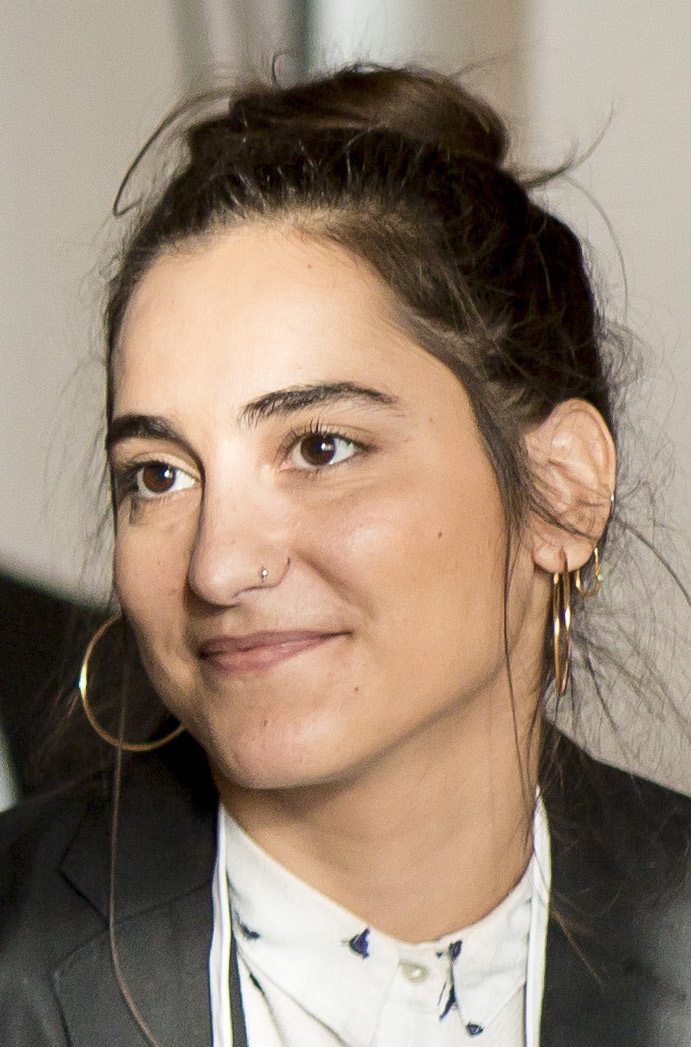Thesis Topic: Unveiling the big collision in the Andromeda galaxy and its future fate
Thesis Supervisors: Magda Arnaboldi, Francesca Fragkoudi (Durham University) and Francois Hammer (Obs. Paris)
Abstract
The Andromeda galaxy, also known as Messier 31, (M31 for short) , is our closest giant spiral neighbour . Thanks to its proximity, many observations of M31 were performed, including chemistry, kinematics and stellar population analyses, from its central region to its outskirts over a field of view covering nearly 100 square degrees. These observational studies have revealed a network of substructures which contains young stars, in clear contrast to the Milky Way, which only experienced collisions very early in its history, i.e. 10 billion years ago. Recently, simulations of galaxy collisions for the substructures of M31 showed that this spiral galaxy has experienced a major merger in its recent past, 2-3 billion years ago, in stark contrast to the Milky Way. With this proposed Ph.D project, the new investigations on the M31 evolution will benefit from the constraints based on a very recently survey of few thousands of Planetary Nebulae (PNe) in the M31. PNe are the late phases of intermediate mass stars, whose shining envelope make them beacons of motions and reveal the chemical composition of their parent stars. Such survey covers the entire disk, and the interface between the disk, and in halo, where the largest substructures - Giant Stream, W-shelf, G1 clump – are identified. This project provides a unique opportunity to compare the data with models, including the kinematics of the disc, the effect on the chemical evolution and radial velocities of the substructures, which have never been done before to this extent. The candidate will work on the following aspects of the project: - s/he will participate to the data analysis of the PNe, for, e.g., establishing the mapping of their radial velocity field, dispersion map, and abundance maps of the M31 disc/substructures; - s/he will compare these maps to those produced from the existing models (300 available models, each with 2 million particles) using a Bayesian approach; - and then produce more advanced models using the most modern hydrodynamical codes (GADGET2 & GIZMO) implemented by our team. The goal is to firmly establish the formation history of M31 for which the tantalizing number of observations make it an over-constrained problem, which by nature leads to robust results able to predict the past history of M31. As the next step, once the evolution paradigm is establish, we would then model the warp in the outer disk of M31. Once the warp model is constrained, we will use it to predict the tangential motion of M31 relatively to our Milky Way and compare it with the limits coming from the Gaia DR3 astrometric catalog. The next phase of this investigation will lead the candidate to constrain the M31/MW big crunch, either by setting the timeline for the event or dismissing it, on the basis of the new velocities and a better constrained geometry.
Reference(s):
- Bhattacharya, S., Arnaboldi, M.; Gerhard, O., et al. 2021, A&A, 647, 130
- Bhattacharya, S., Arnaboldi, M., Caldwell, N., et al. 2019, A&A, 631, 56
- Bhattacharya, S., Arnaboldi, M., Hartke, J., et al. 2019, A&A, 624, 132
- Hammer, F., Yang, Y.~B., Wang, J.~L., et al. 2018, MNRAS, 475, 2754


